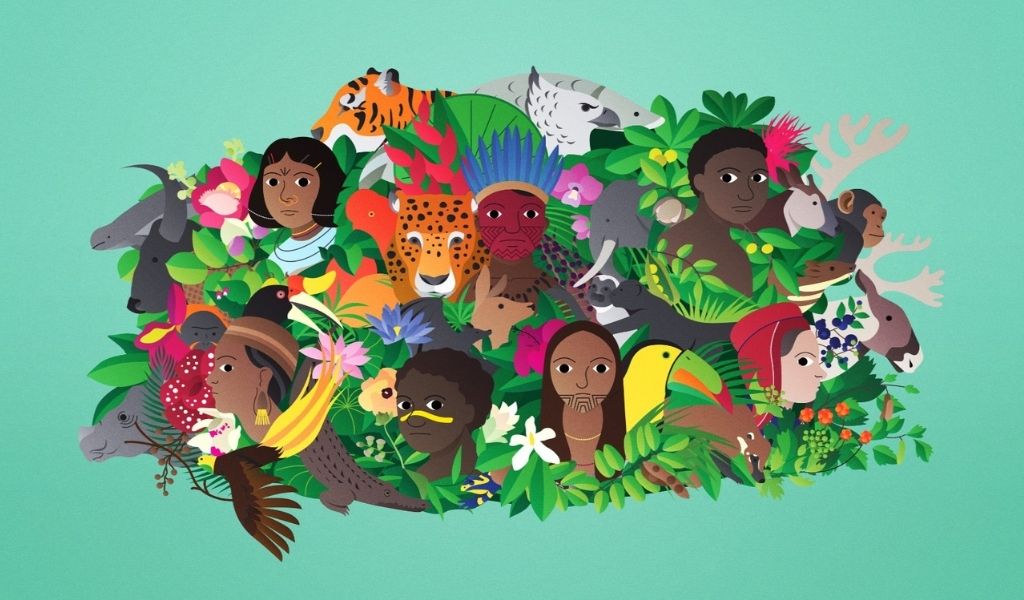
On This World Wild Life Day We Remind You That Our Mangrove Trees Are Dying At An Alarming Rate
The ‘World Wildlife Day’ is observed annually on 3rd March in order to celebrate the flora and fauna of the world and also raise awareness about them. This was decided by the United Nations General Assembly at its 68th session which took place on 20th December 2013 – citing 3rd March as the Convention on International Trade in Endangered Species of Wild Fauna and Flora (CITES) was signed on the day. This year, the day is being celebrated under the theme: ‘Forests and Livelihoods: Sustaining People and Planet’.
Between 200 and 350 million people – particularly indigenous peoples and local communities with historic ties to the areas – live within or adjacent to forested areas around the world, relying on the various ecosystem services provided by forest and forest species for their livelihoods and to cover their most basic needs, including food, shelter, energy and medicines. Forests, forests species and the livelihoods that depend on them currently find themselves at the crossroads of the multiple planetary crises we currently face, from climate change, to biodiversity loss and the health, social and economic impacts etc.
In celebrating the day, we acknowledge forest-based livelihoods and must promote forest and forest wildlife management practices that accommodate both human well-being and the long-term conservation of forests and promote the value of traditional practices that contribute to establishing a more sustainable relationship with these crucial natural systems.
When looking at the Maldives, local communities have been tied to the mangrove forests across multiple islands in the nation for centuries. Mangroves are one of the most important and productive ecosystems on earth, providing a host of invaluable ecosystem goods and services to the wider world. Mangrove forests help us cope with extreme weather and they provide habitat for animals and plants and many contain a wide diversity of life, supporting plants and animals that are found nowhere else. It is estimated that 12% of the Maldivian Islands have rich mangrove ecosystems in which 15 different types of mangrove plants are seen in the country.
Nevertheless, and just like many other mangrove forests across the world, these mangrove species are environmentally threatened whereas some even face the danger of extinction. Even more alarmingly, a large-scale die-off of mangrove trees have been observed in many of the mangrove forests in the islands recently – despite being protected areas and without a determined cause. Accordingly, officials have taken note of the phenomenon in 11 different islands. Whilst samples have been sent from 7 affected sites to Cochin University of Science & Technology (CUSAT) to hopefully determine a cause – but there have been no answers as of yet.
On this World Wildlife Day, we want more people to be aware of the fact that this is a pressing problem the nation is facing and we need to do more than we are already doing to save what we can.
(Photo: https://www.wildlifeday.org/)